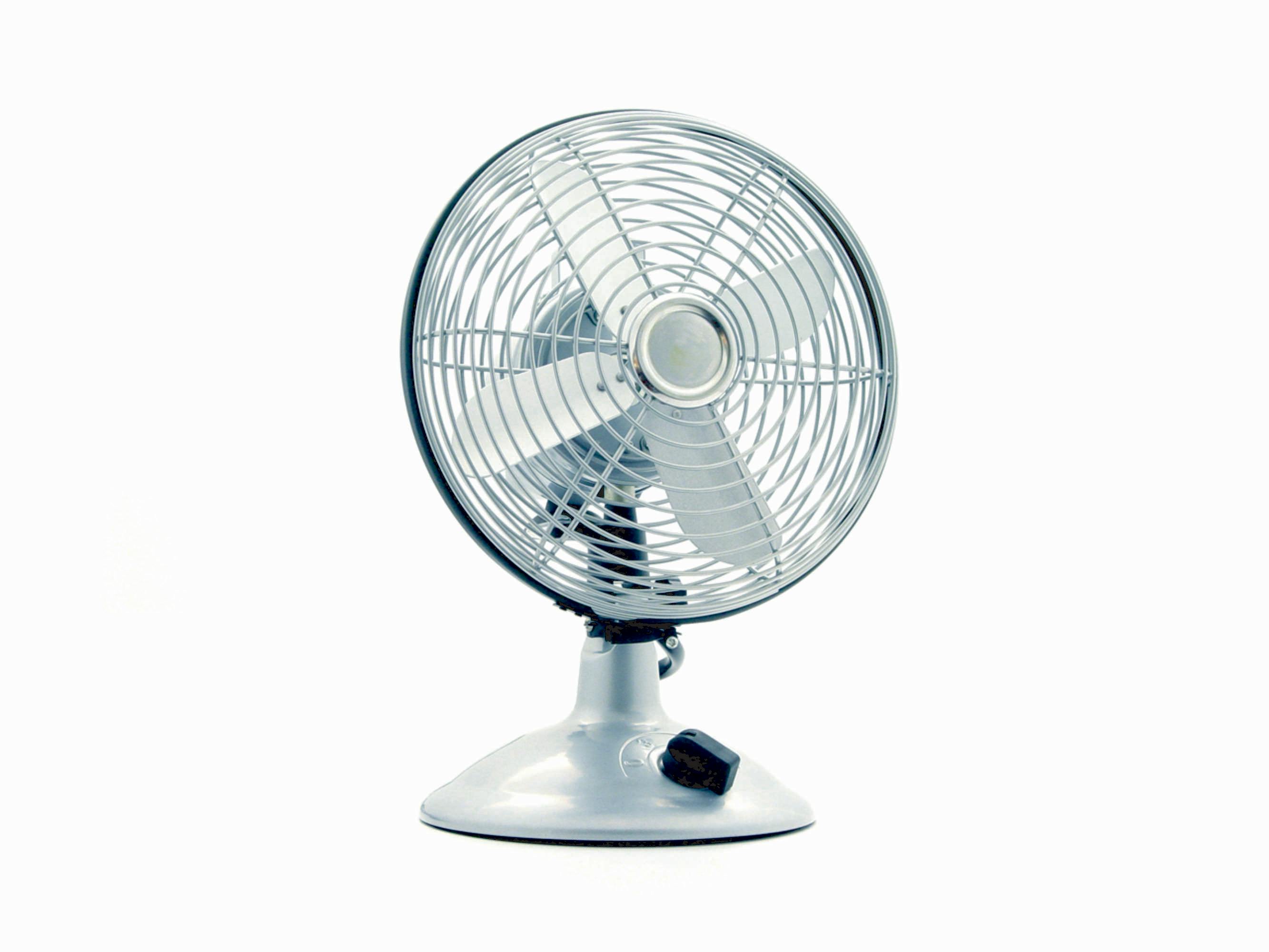An ID card scanner is an electronic device that reads data stored on a driver’s license data strip and displays it on a screen. Many can also scan state and military IDs. An ID scanner clearly displays the customer’s age and makes it easy for a doorman, bartender, or clerk to verify that the customer is old enough to purchase age-regulated products such as tobacco or alcohol. ID card scanners are commonly used in bars, nightclubs, liquor stores, casinos, police and convenience stores.
There are many makes and models of ID scanners. In general, ID scanners are portable or countertop devices. They are typically about 10″ x 5″ x 3″ in size. An ID card scanner will either have a barcode reader, a magnetic stripe reader, or both. Machines that have both types of scanners will have two separate devices to read each type of code An ID scanner will have some type of visual display such as a small screen Some scanners have small keyboards or touch screens for inputting data and controlling the device.
Barcode Scanners Barcodes are machine-readable codes in a pattern of parallel lines of varying widths. They can also appear as a rectangle of randomly placed black shapes. This is called a 2D barcode and is used in approximately 40 states in North America. A barcode reader on an ID card scanner will either be a slot where the ID is inserted and removed (dipped), or a “point and shoot” infrared scanner (such as a UPC reader at the grocery store) that emits a red light on the barcode. The best ID card scanners, in terms of speed and readability, have a slot barcode reader. These are more expensive to produce, but allow perfect barcode reading every time. Point-and-shoot barcode readers often have a hard time focusing on the barcode long enough to get a read before the card moves. They must also deal with license orientation, surface reflectivity, and ambient light conditions. Most manufacturers address these issues by using a counter-mounted scanner and a target area to place the 2D barcode before scanning. This works in a fixed location environment, but is not practical in mobile/handheld applications. Many discount manufacturers of inferior ID scanning products contain this type of cheap barcode scanner. In short, point-and-shoot ID scanners aren’t practical because it’s difficult to hold an ID card and the scanner steady long enough to get a read.
Magnetic Stripe Readers Magnetic stripes are a black strip about 1/2″ wide that runs the entire length of an ID card. A magnetic stripe reader on an ID card scanner looks like a 1/2″ slot. 8″ wide. To read a magnetic stripe ID, the magnetic stripe slides through the slot. This is the same way credit cards are read.
Operation An ID scanner should be very easy to operate. For quick and simple operation, there should be no buttons to press to switch between the barcode scanner and the magnetic stripe scanner. There should also be no buttons to press to reset the device between scans. It should take no more than 0.5 to 2 seconds from the time the card is dipped or swiped before the data is displayed on the screen.
The typical ID scan procedure is as follows:
(1) Turn on the ID card scanner;
(2) dip or swipe the ID through the barcode or magnetic stripe reader, or carefully align the barcode under a point-and-shoot scanner;
(3) card information is displayed on the screen;
(4) a visual or audible alarm is displayed if the ID is underage or expired;
(5) the operator compares the data displayed on the card reader with the data printed on the card to make sure everything matches;
(6) the operator returns the identification to the client; Y
(7) the machine is reset to a ready state, automatically on well designed machines and manually on poorly designed machines.
Some machines require a telephone or Internet connection in order to function.
Advanced Features High-tech ID card scanners retain a record of all IDs that are scanned. This can be useful to provide evidence that a particular ID was verified, to analyze customer demographics, or to build a customer mailing list. Scan history can be viewed directly on the machine or downloaded to a spreadsheet on your computer. Some manufacturers charge a fee to download scan history to a computer. Check with a manufacturer before purchasing an ID scanner to ensure scan history is easily accessible.
An ID scanner should be easy to operate. Look for positive user reviews of an ID scanning product before you buy it.



